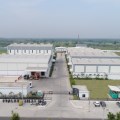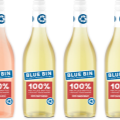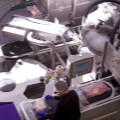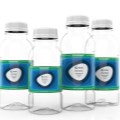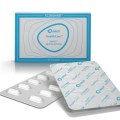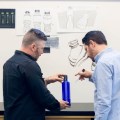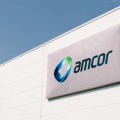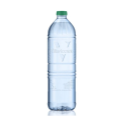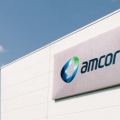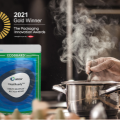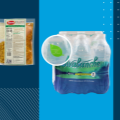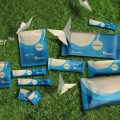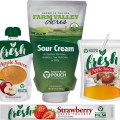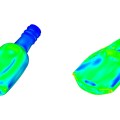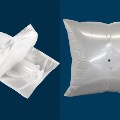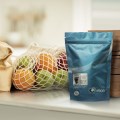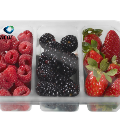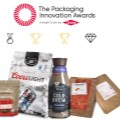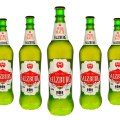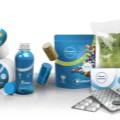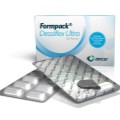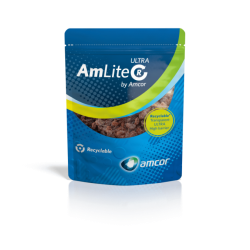If this is your company, CONTACT US to activate Packbase™ software to build your portal.


Plastic packaging is a crucial product. It provides us with huge benefits such as protecting vital medical and food products, lowering carbon footprint by minimizing waste and being lightweight. That’s why consumers continue to rely on it every day.
It’s also true to say that waste management infrastructure for plastic recycling must improve in both scale and efficiency. So plastic packaging definitely has its place, but that’s not in the environment.
So how do we keep the benefits and protect the environment?
Innovative packaging design, improved recycling infrastructure and consumers playing their part at the point of disposal are all necessary to achieve the circular system we all agree is needed. That’s why global companies, retailers, and others – including Amcor – have been coming together to find answers that address the challenge across the value chain.
"HolyGrail 2.0" digital watermarks initiative
One such initiative is the AIM-led digital watermarks initiative, “HolyGrail 2.0.” The project, to which Amcor will contribute its expertise, is piloting the use of digital watermarks on packaging to help identification and sorting during the recycling process. The idea is that the postage stamp sized marks printed on packaging are picked up by cameras on the sorting lines and then accurately placed into the correct waste stream.
Building on initial research by Amcor partner the Ellen MacArthur Foundation, the recently launched second phase of the project aims to demonstrate the business case for digital watermarking at scale.
In bringing together more than 85 companies and organizations across the packaging value chain, including key customers and industry peers, HolyGrail 2.0 is an example of the type of effective collaborative action needed to address the industry challenge. The project’s use of digital watermarks also offers a potential avenue for engaging and educating consumers – critical to building a plastic system that works. However, this project alone does not close the loop on plastic.
We continue to actively pursue a variety of other projects that advance the sustainability agenda. In FY19, Amcor committed to invest at least US$50 million in strategic projects which fund a range of initiatives including infrastructure, manufacturing equipment, extensions to our current partnership network, and investments in open innovation.
We are also committed to developing more sustainable products for our customers and consumers. Every year we invest around $100 million in R&D to create new responsible packaging solutions and we are on track to achieving our pledge of making all Amcor packaging recyclable or reusable by 2025, while increasing our use of recycled content.


